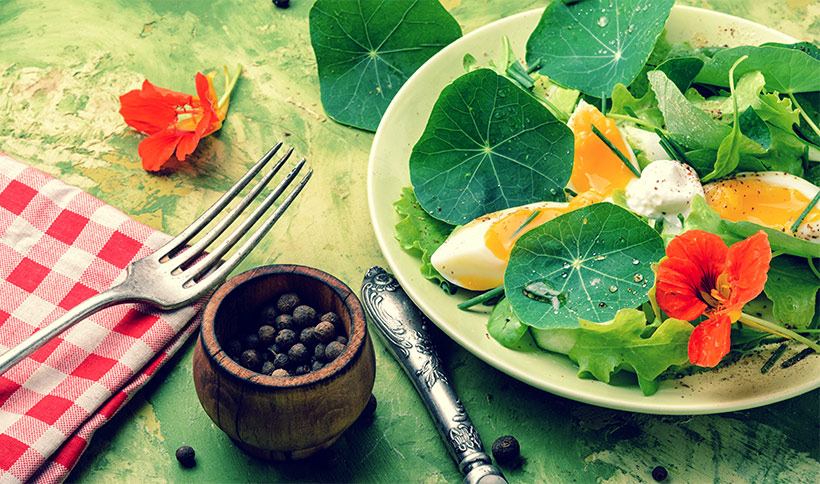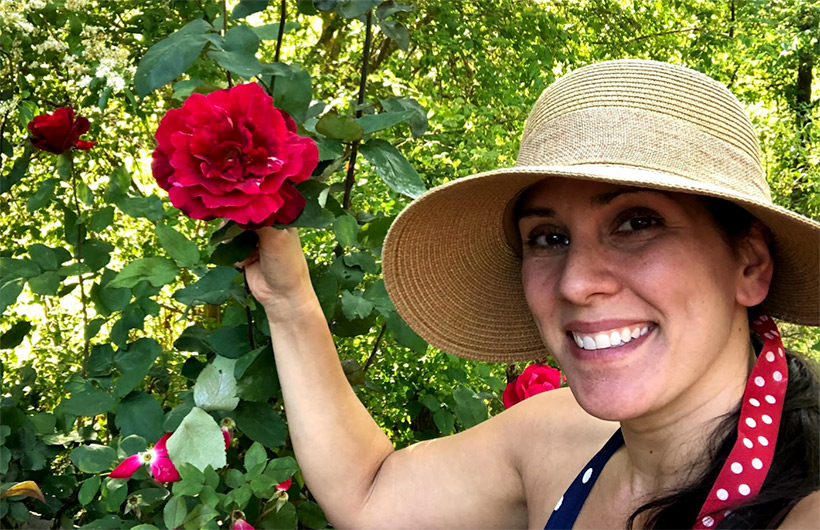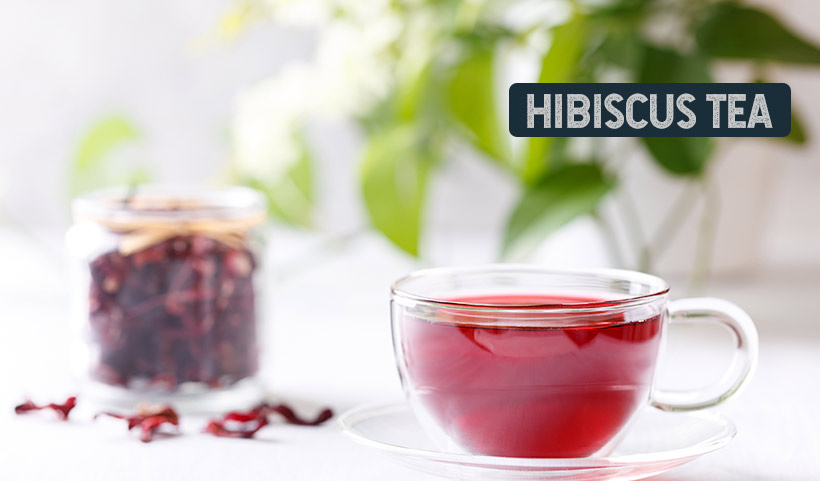6 Flowers You Can Incorporate in Healthy Recipes
Flowers aren’t commonly used as ingredients in food, but it’s in our opinion that cooks should start adding edible arrangements to their recipes. Flowers contain vitamins and nutrients that can be found in fruits and vegetables, but their unique taste will add some spice to your dishes. These 6 flowers can easily be incorporated into your healthy recipes for weight loss or nutrition.
How to Incorporate Edible Flowers in Weight-Loss Recipes
With over thousands of edible flowers to choose from, it was challenging to narrow down our list. However, the following picked flowers are easy to find, taste incredible, and full of nutrition.
1. Dandelions
It sounds hard to believe, but dandelions are a superfood filled with vitamins and nutrients. Despite their status as a weed, they are highly nutritious as they contain vitamins A, B, C, E, K, folate, iron, calcium potassium, and magnesium. Dandelions are classified as an antioxidant, can reduce your cholesterol, boost your immune system and protect against skin damage.

Dandelions work best in salads and bread, but they can be eaten raw or steeped in teas.
2. Nasturtiums
One of the most popular flowers used in cooking are nasturtiums. Their bright orange and yellow colors add depth to most dishes that can be served raw or cooked. Nasturtium blossoms taste similar to pepper with an added spicy flavor, but its leaves are milder and less peppery. Nasturtium blooms open like lily pads, making them easy to stuff with cheese.

Nasturtiums can be blended into a pesto or used as a garnish on pastries, cakes, and salads.
3. Rose Petals
With over 150 species of roses available to purchase, you can find them in any color or size at a local market. Just be careful; roses contain more pesticides than any other flower. Buy locally grown roses or add them to your garden so you can experience their sweet, aromatic flavor without worry. Roses can be eaten cooked, raw, and mixed with other sweet fruits in a salad.

For a low-calorie and healthier candy snack, make candied rose petals with sugar and water.
4. Squash Blossoms
Squash blossoms are the male version of squash plants, but the zucchini squash blossom is the most popular. They taste similar to the female squash plant but milder and can be eaten raw or chopped into salads. Squash blossoms are popular in traditional Mexican cuisine, but you can use them in virtually any spring salad, cheese or meat-based dish, or baked bread.

Some popular ways to eat squash blossoms include stuffing them or dipping them in hummus.
5. Hibiscus
The large ornate blossoms of the hibiscus flower are popular in European and Asian cuisine because they’re packed with antioxidants, fight bacteria, and help promote weight loss. The most common use for hibiscus is in teas, as the drink is easily made at home with hot water. Besides teas, hibiscus is used in mechanical applications and can be eaten raw or cooked.

Add hibiscus petals to relishes, salads, or jams and as a garnish for cakes and cookies.
6. Lavender
Another flower that goes well in teas, lavender’s distinct fragrance, is widely sought for its calming effects. Along with the color and unique, aromatic taste, lavender can be eaten cooked or raw by humans, but not by pets. When paired with savory or sweet ingredients like berries, citrus, thyme, sage, and chocolate, lavender’s sweet flavor platelet truly comes through.

Infuse lavender in herbal teas, spice rubs, syrups, and herb mixtures for color and flavor.
Start Adding Flowers to Your Meals Today
Although cooking with flowers may put many healthy eaters out of their comfort zone, adding them to your meals can bring a pop of texture and color to any diet. Additionally, flowers aren’t just pretty to look at: they’re filled with vitamins and nutrients integral to good health.
Want to Learn more about eating plants? Check out this video on our Youtube channel were we walk through 5 more plants you can eat in the wild.
































































































